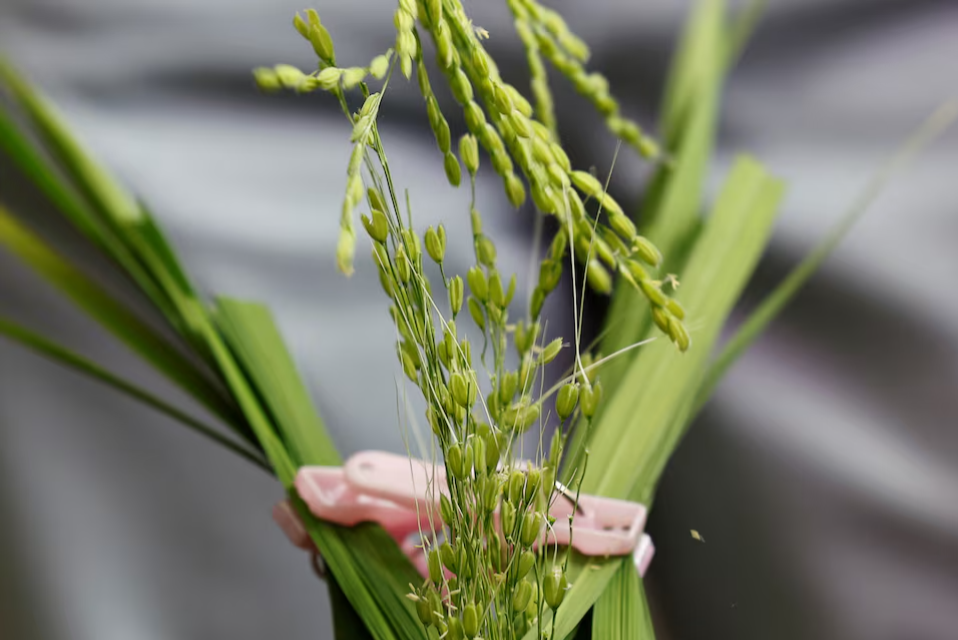
©REUTERS/Willy Kurniawan
Pre-reading questions:
- What factors can lead to a shortage of essential goods in a country?
- Why is it important for researchers to develop new varieties of crops or products?
Vocabulary:
- endure /en-DOOR/
- sharply /SHAR-plee/
- stock /stok/
- brand /brand/
- measure /MEZH-er/
[verb] – to withstand or tolerate something difficult or unpleasant over a period of time
She had to endure a long wait at the airport due to the flight delay.
[adverb] – in a sudden, severe, or intense manner.
The temperature dropped sharply overnight, causing frost to form on the windows.
[noun] – the total amount of goods or resources available for use
The store’s stocks of winter clothing were quickly depleted during the sale.
[noun] – specific types or varieties of products made by a particular company or producer
She prefers to buy organic brands for their higher quality and better ingredients.
[noun] – actions or steps taken to achieve a particular purpose or deal with a situation
The company implemented new security measures to protect sensitive data.
Article reading:
This initiative is part of a broader national effort to create more resilient rice varieties. Researchers at Saitama’s Agricultural Technology Research Centre are experimenting with cross-breeding seeds from various regions to find the best heat-resistant types. Despite these efforts, the rice shortage has caused prices to rise sharply. By June 2024, private rice stocks were at their lowest, and prices, excluding premium brands like “koshihikari,” increased at the highest rate in over 20 years. Even though a new crop might help reduce the shortage by September, the tight supply is expected to continue into next year. The government is concerned that climate change could further impact rice production unless adaptation measures are taken.
Comprehension questions
- Why is Japan experiencing a rice shortage?
- What is the name of the new rice variety being tested by scientists?
- What action have some stores taken in response to the rice shortage?
- What impact has the increase in tourism had on rice availability in Japan?
- What concern does the government have regarding future rice production?
Discussion questions
- Have you ever traveled to a place where food shortages or supply issues were a problem? If so, what was your experience, and how did it affect your travel? If not, what would you do if you encountered a food shortage during your travels?
- Have you ever noticed a direct effect of weather on the quality of food you consume? If yes, how did it affect your food choices or eating habits? If not, how do you think weather conditions might impact the quality of food you eat?
- Do you agree that rising food prices due to shortages can significantly impact people’s daily lives?
- What challenges do you think people face when there is a shortage of a staple food like rice?
- What are some possible solutions to address the issue of rising food prices due to shortages?